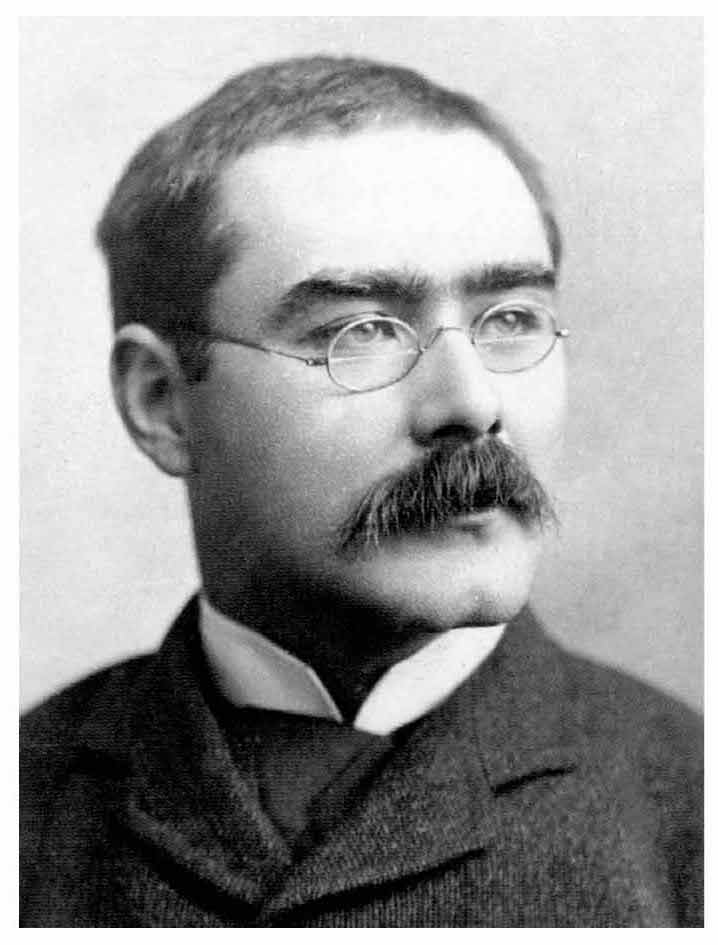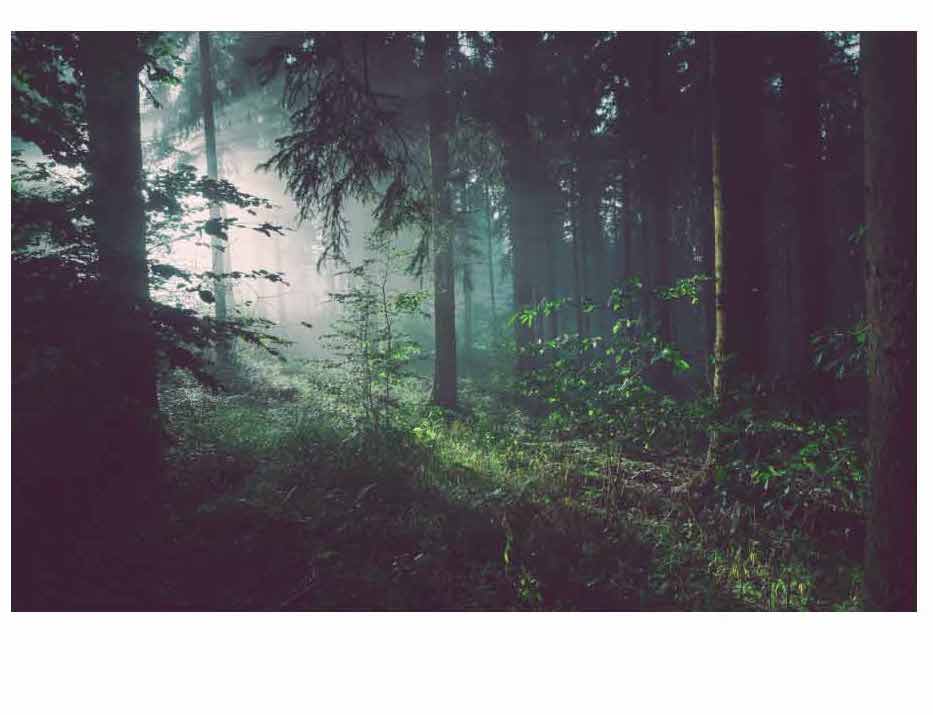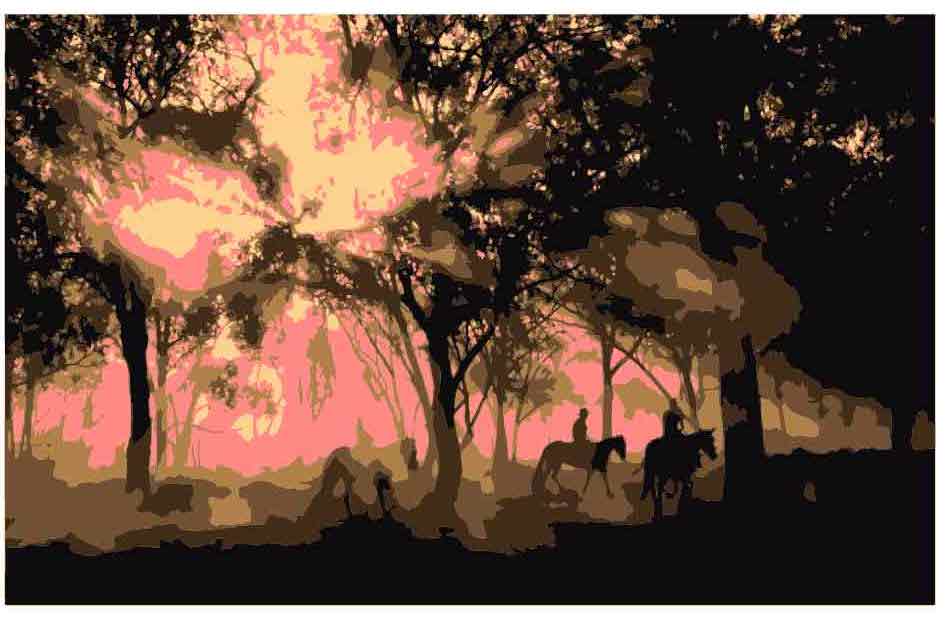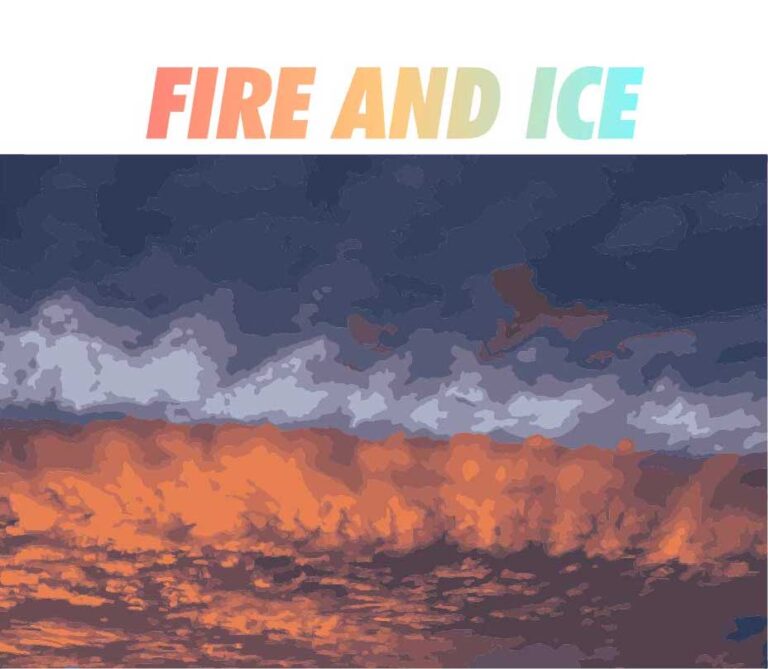The way through the woods poem is a part of a collection of short stories called “Rewards and Fairies” written by the famous novelist and short-story writer Rudyard Kipling. Each short story in this collection was preceded by a poem. This is The Way through the woods analysis and summary. The meaning and themes behind this poem convey a lot more than just nature or human intervention. Kipling has invoked a sense of surrealism and disrupted the chronology of time with this poem.
There is one supernatural element in this poem that has caught the attention of many readers. Well analyze in detail about it and see what connection it has with other stories in the collection. There is also an obvious connection with nature and jungles as the author was known to have. He is the writer of The Jungle Book. The poem has a series of symbolism and eloquently describes the power and mysteries of nature.
About Rudyard Kipling
Rudyard Kipling was a British-Indian writer who wrote poetry, short stories, novels and journals, He was born in the year 1865 in India during the colonial period of the country. He was one of Britain’s top writers with words such as The Jungle Book and Kim as the Magnus Opus of his work. He was an established poet as well.
Poems such as Mandalay, Gunga Din, If, and The White Man’s Burden are some of his most famous and loved ones. The poem The Way Through the Woods is also a great poem that touches the subject of nature and its mysteries. His narrative style was captivating both for children and adults alike. Kipling received the Nobel Prize in Literature and he was the first English-language write to receive the prize, one of the youngest people to get one.
He had a lot of supporters, like Henry James who considered Kipling as “the most complete man of genius.” But that doesn’t mean he had no one against him. One of his staunch opposers was the famous author George Orwell, the writer of classics such as 1984. Orwell opposed the war-favoring views of Kipling and considered him “insensitive and disgusting.” But let’s now dive into the political life of Kipling. This article focuses on his literary work.

Kipling died from an intestinal ulcer at the age of 70 and his ashes were buried near the graves of Charles Dickens and Thomas Hardy. Take a look the poem and then we’ll jump into The Way Through the Woods analysis and summary.
The Way Through the Woods
They shut the road through the woods
Seventy years ago.
Weather and rain have undone it again,
And now you would never know
There was once a road through the woods
Before they planted the trees.
It is underneath the coppice and heath,
And the thin anemones.
Only the keeper sees
That, where the ring-dove broods,
And the badgers roll at ease,
There was once a road through the woods.
Yet, if you enter the woods
Of a summer evening late,
When the night-air cools on the trout-ringed pools
Where the otter whistles his mate.
(They fear not men in the woods,
Because they see so few)
You will hear the beat of a horse’s feet,
And the swish of a skirt in the dew,
Steadily cantering through
The misty solitudes,
As though they perfectly knew
The old lost road through the woods. . . .
But there is no road through the woods.
Structure of the poem
One quick read and you’ll notice that the poem has a very disorganized structure, idiosyncratic to Rudyard Kipling. The poem is divided into two stanzas. The first stanza has 12 lines and the second line has 13 lines. This is very uncommon but I think Kipling did this purposefully.
The rhyming pattern of The Way Through the Woods is also all over the place, following no pattern at all. This type of pattern creates a sense of disorders, a sense of disorganization. The words woods broods rhyme. The words ago and know rhyme whereas seesand ease rhyme. All the other words in the first stanza don’t rhyme at all. This gives the rhyming pattern of stanza one as a-b-c-b-a-d-e-f-d-a-d-a, the word woods being the most common rhyming word.
The second stanza has a much more poetic and better sounding rhyming pattern. Taking all the words that rhyme, the pattern comes out to be a-b-a-b-a-c-d-c-a-c-c-a-a. This sudden introduction of symmetry and rhyme is to denote beauty. Notice how the poet makes the second stanza sound better because the subject of it is the beautify and solitude of nature. The last four lines with the rhyming pattern c-c-a-a. This adds a beautiful conclusive sound to the poem. The poem starts with disorders and ends with symmetry.
Summary of the poem The Way Through the Woods

The poem is about something that existed in the past. The poet says that there used to be a read through the woods about 70 years ago. Then he describes what happened to the road and how that has affected the forest. The poem is about how nature thrives when humans are excluded from it. It also emphasizes the power nature has over humans.
The poet describes the lush green growth that has been fostered once humans stopped growing into the woods. Not just trees, but even birds and animals are living a careless and better life once humans have no way of getting inside. Kipling mentions about ring-dove and badgers playing cheerfully.
The second stanza is all about what you would see and hear if you entered the woods. He says that you can see pools inhabited by trouts and hear whistles of the otters and a lively wild world unaware and uncaring of the humans because there aren’t any visiting. But then the poem takes a supernatural turn.
Kipling says that if you listen carefully, you can hear the thumps of horse’s feet on the ground and the swishes of the skirts sundering the mist-laden air. The idea suggests that there lives someone who rides a horse and knows this misty woods inch by inch. It is as if they know where the road once was, but there is no road today, yet they know it very well. We’ll try to find who this is in the analysis of the poem in the later section.
You may like to read these articles:
- The benefits of reading over watching movies
- Man and His Symbol Review: Jung’s Last Work.
- Fire and Ice Symbolism and meaning.
The Way Through the Woods Analysis stanza by stanza
The first stanza in The way through the woods analysis is all about describing the power of nature. It also shows how life proliferates once humans have to stop invading the place. The first two lines are very literal with the poet saying that people shut the road about seventy years ago. After these lines, it shows how nature has reclaimed what was her’s.
Weather and rain have undone it again,
And now you would never know
There was once a road through the woods
Before they planted the trees.
It is underneath the coppice and heath,
And the thin anemones.
These lines show the power of nature. Once they closed the roads, the forces of undid it and now the place is covered with shrubs and trees and anemones. There is no trace of the road that once was there.
Only the keeper sees
That, where the ring-dove broods,
And the badgers roll at ease,
There was once a road through the woods.
Since the road is now closed and no one enters the woods, only the keeper sees the little ring-dove birds and badgers having a merry time in the lush vegetation. But who is the keeper? Is it a person? Is it nature or is it something supernatural? I think it is something supernatural and I’ll tell you why.
The second stanza
The second stanza of The Way Through the Woods analysis gets very mysterious and supernatural. The poet takes us into the woods in a late summer evening. We see a moonlight-reflecting pool filled with the shiny bodies of trouts and some whistles of the otters who are very comfortable in the absence of humans. But there is something else that we hear too.
You will hear the beat of a horse’s feet,
And the swish of a skirt in the dew,
Steadily cantering through
The misty solitudes,
As though they perfectly knew
The old lost road through the woods. . . .
But there is no road through the woods.
This is where we are introduced to the mysterious horse rider that rides on the long lost road as if it knows it perfectly. But what is it? This is a ghost. And here is all the proof to prove it.

The Ghost in The Way Through the Woods Analysis
The poem has been taken from Rewards and Fairies which is a collection of short stories. Each story in the collection is preceded by a poem. The Way Through the Woods precedes the story “Marklake Witches” which is about a girl named Una who meets another girl named Philadelphia (Phill). Here’s how the story connects with the poem.
Phill has tuberculosis and is about to die. Long story short, she dies. We later find that Phill loved horse riding and she used to do it in her father’s estate. After her death, her father closed the estate and it is perhaps her ghost that still gallops in the lost road, cantering through it as if it knows the road perfectly.
Another question one may ask (or another hint) is at the beginning of the poem. The poem starts with “They shut the road through the woods”. Who shut the road and why did they do it? Was it the people who decided to shut it after many of these people heard a horse galloping while walking the road at night? The idea seems completely plausible. Maybe this was the reason why the road was shut and left only for the horse and its rider.
The Theme of The Way Through the Woods
There are multiple themes revealed in The Way Through the woods analysis and predominantly, it is related to nature. Other themes of this poem include nostalgia, solitude, love, and life. Here is a detailed analysis of the major themes of the poem.
Power of Nature
The poems talk about how fast nature engulfs things made by humans. The road was something used by many people. But right after they shut it down, rain and weather erased the line and the plants soon blanketed over it. There was no trace of it left. Kipling has been long fascinated by nature. His most famous work is termed “The Jungle Book” and it takes place in a large forest.
The things we cannot understand
Another major theme of the poem is the secrets of nature that we cannot understand. The supernatural element in the poem does not seem offbeat. Kipling has used it to show how nature is far more complex than we think.
In “The Jungle Book”, the animals can talk, fostering a human child. The snakes, the bears, all the animals could talk. Kipling knew about the mysteries of nature and he tried to show it through his poems. This is one such example. The Way Through the Woods analysis reveals similar patterns too.
Reminiscing the Past
Another way to look at the poem is the poet is reminiscing and some memories. While this is highly unlikely, this interpretation also works in many ways. If we make the keeper was the poet, it becomes all about the memories that he visits. The horse’s feet making the sound represents the heartbeat, misty solitudes represent tears, the swish of a skirt is about sighing, etc. This seems to work but it falls in many places. But it is one interesting interpretation.
The power is powerful in delivering the message across. The use of jagged rhyming patterns, chaotic arrangement, and the invocation of supernatural elements. The envelope of mystery that shrouds the forest while its power to erase the elements made by humans shows the beauty and mystery of nature.
The poem is in many ways an ode to nature and its beauty which is shown in the form of its power. It is in many ways very close to Kipling’s style and shows his love for nature. This was The Way Through the Woods analysis by Wordsverse. If you have any other insights about the poem, do let us know in the comments section.







